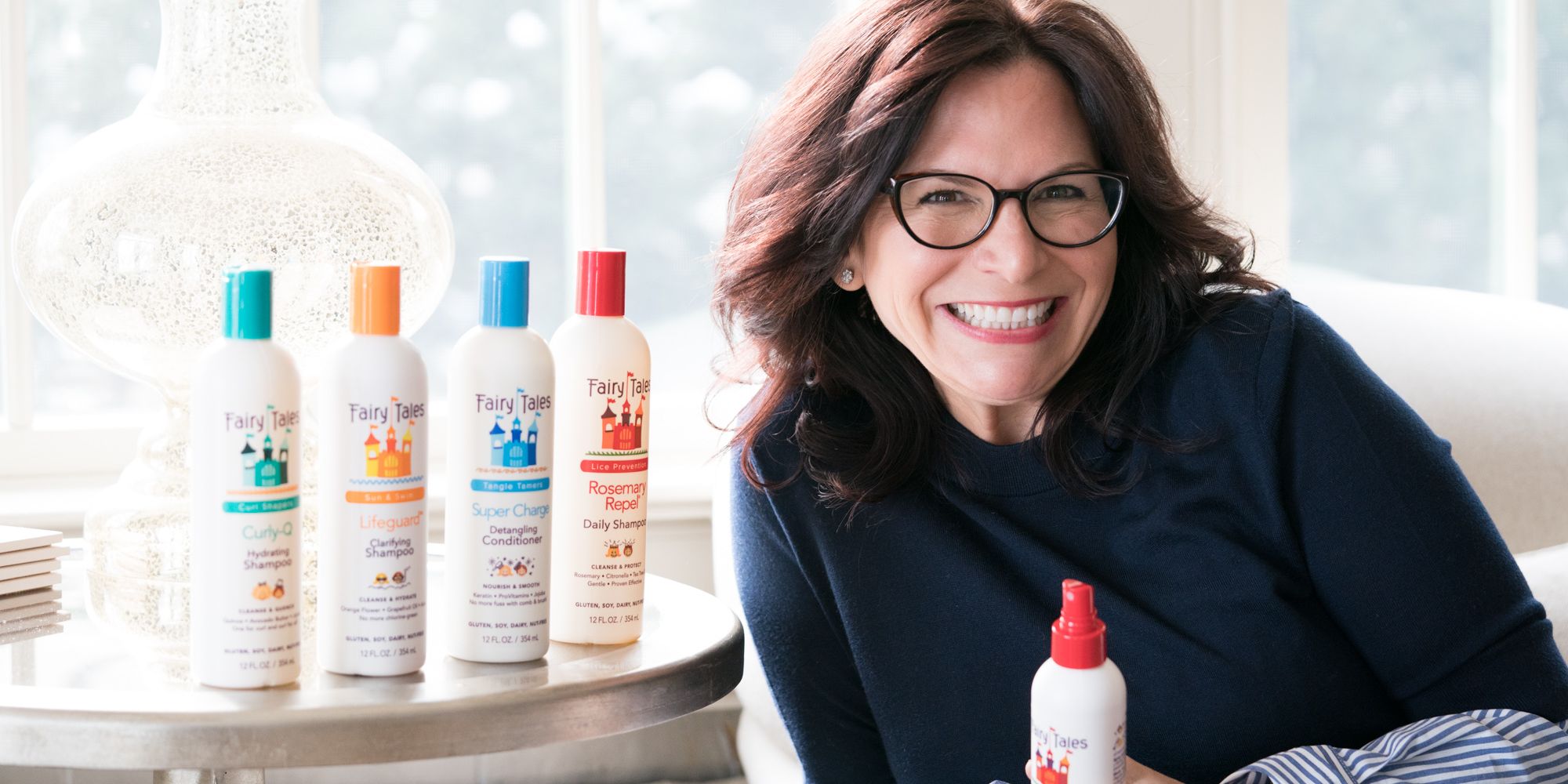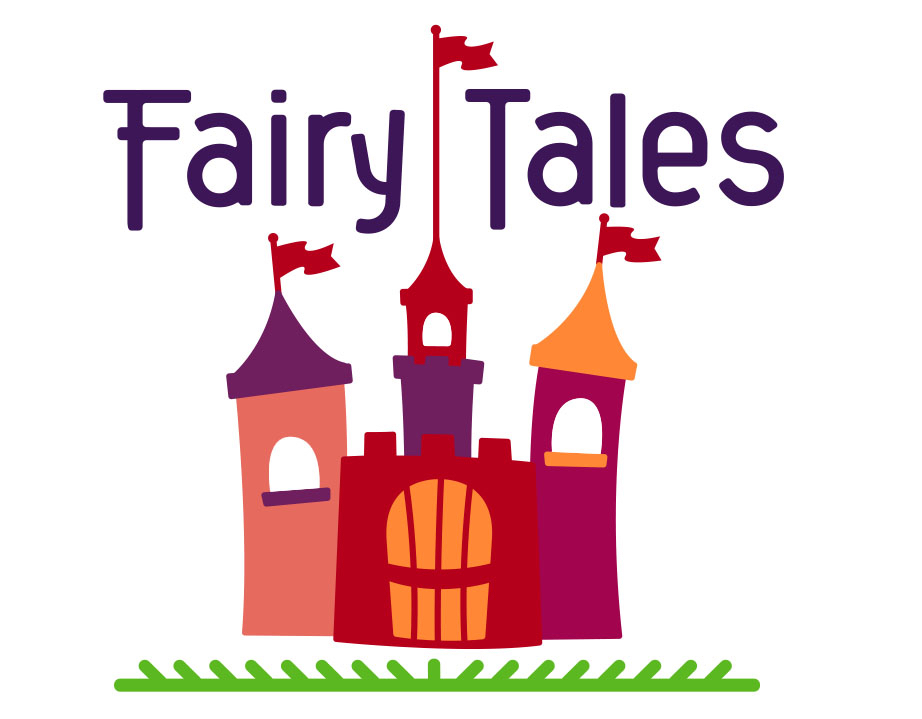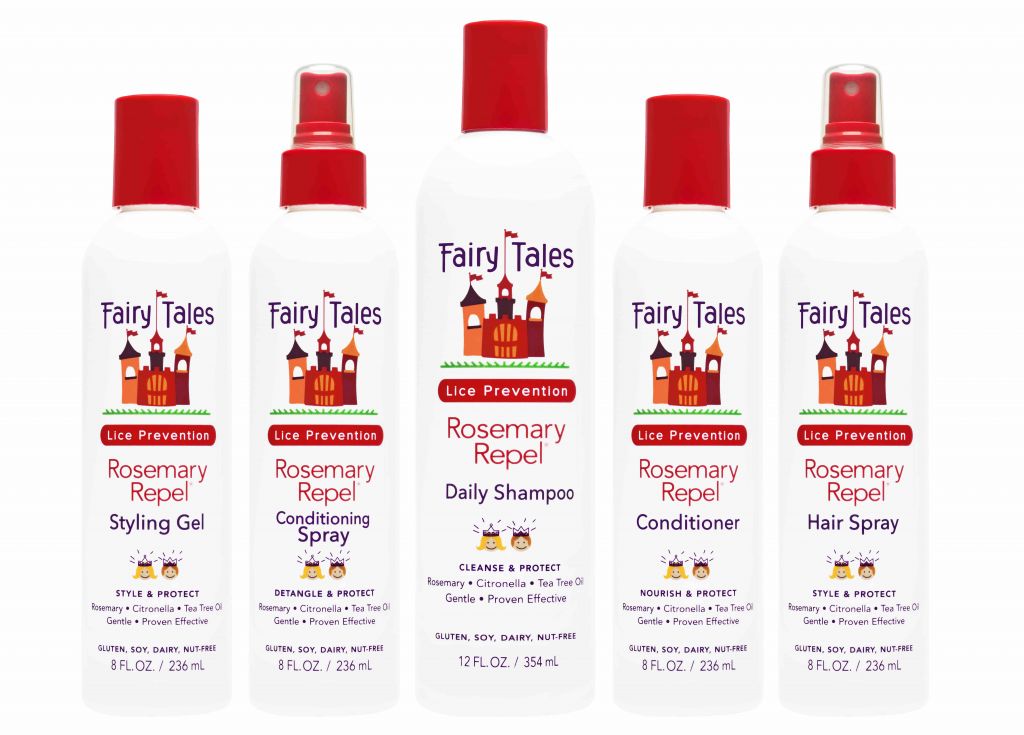
Fairy Tales Founder Risa Barash On The Realities Of The Salon Segment For An Emerging Brand
Risa Barash, owner and founder of Fairy Tales Hair Care, believes the traditional barrier between the professional salon and retail channels is undermining the growth potential of emerging brands. Four years ago, she confronted a difficult distribution question: Should she sell her natural children’s hair care brand at stores or stick to professional salons? Barash chose to give retail a try despite a long-held professional industry assumption that moving into stores would kill salon sales.
The decision boosted Fairy Tales’ business generally and didn’t hurt salon revenues. Last year, the brand’s salon sales rose 23%, and sales overall surged 36%. Today, Fairy Tales, which was started in 1999, is available at thousands of retail, beauty supply and salon doors, including at Target, Walmart, CVS, Safeway, Ulta Beauty, SalonCentric and Albertsons. Barash doesn’t regret her decision to push the brand into retail. “The salon industry is still a wonderful way to introduce products to the public, but it’s nearly impossible to build a sustainable company via salon sales only,” she says. Speaking to Beauty Independent, Barash called upon salons to wake up to the realities of the contemporary beauty shopper who’s purchasing products across venues and harness their strong customer relationships to thrive in a multichannel environment.
UNIFORM PRICING
The mere fact that a hair care brand spans different channels won’t undo the brand. When a brand’s salon sales decline as it expands into retail, a likely culprit for the dip is that one channel is undermining the pricing of another. Barash stipulates retailers charge the same prices for Fairy Tales products as salons. To salon owners upset with the brand’s retail presence, Barash has been adamant stores won’t undercut prices at salons.
“We are very honest and say, ‘Fairy Tales is a small brand. We need to be where parents shop. If you see the price anywhere for below what you are selling it for, please let us know, and we will address it,’” relays Barash. “It’s emotional because the hairdressing world helped grow our business. You love them for that and feel guilty about letting them down. They have this mindset that, once a brand is sold outside of salons, they can’t sell it anymore. It’s hard to change that mindset.”
Although the salons-or-bust mindset persists, Barash divulges Fairy Tales hasn’t lost salons as its retail sales have escalated. Currently, retail drives 70% of Fairy Tales’ multimillion-dollar sales. The brand doesn’t always treat retailers and salons exactly the same. To support its salon partners, it provides specials to salons that retailers don’t receive. For example, the brand has offered 20% off its products to salons in the past.

AN EDUCATION ON DIVERSION
Barash contends professional hair care brands aren’t in the dark about how their products end up diverted to retailers. While it used to be that a salon here or there might sell merchandise to local retailers, now it’s distributors that are largely responsible for diversion. “You can see the numbers change from a distributor who was averaging X amount of sales per year and all of a sudden their sales triple,” says Barash.
She’s not convinced diversion is catastrophic on every occasion. If Fairy Tales products are diverted to a store and sold at prices equivalent to those elsewhere, Barash isn’t upset. “It means I have done something right on some level. I’ve built a name that everybody wants,” she reasons. Barash continues that concerns over diverted products being tampered with are overblown. “I can’t imagine someone taking hundreds of bottles of shampoo, watering them down, screwing tops back on and selling them,” she says. “That’s a bit of a stretch, and those conversations need to stop.”
On the other hand, product diversion to digital outlets selling goods at steep discounts distresses Barash. Fairy Tales has severed ties with four distributors discovered to be depositing its merchandise online. “I had a distributor who was distributing us for five years. It grew single digits through the years and, when Amazon came along, their numbers quadrupled. They tried to place massive orders,” she details, emphasizing, “When someone is selling Fairy Tales for 50% off the retail price, and it shows up all over the internet, and it’s a problem.”

THE SALON SQUEEZE
Compared to expansive stores shelves, salons have tiny retail areas. Salons often carry few brands, and there isn’t enough room to bring in many products from smaller players. “If big brands didn’t insist they carry every SKU they come out with, there would be a lot more shelf space for other brands,” says Barash, adding, “Are you going to go to a store that can stock 40 items or a salon that can stock four?” She also mentions turns are relatively slow in salons, making salons tough platforms for meaningful sales at emerging brands. “For my brand and business model, to grow what I’ve done, I can’t live only in that world anymore,” says Barash. “So, we’re not going to.”
Barash advises salon owners and hairstylists to worry less about where hair care products are carried outside of their salons and more about how they can sell them inside of their salons. “They need to find ways to get the products off their shelves. They have a captive audience in their chairs,” she says. “Even if they Google it while they’re sitting in the chair, if everyone is maintaining MAP [minimum advertised price] pricing, a salon owner can say, ‘I have it for the same price,’ and save the customer a trip to the store or shipping.” Salons can be competitive if they leverage their advantages over stores, and that’s motivation for Fairy Tales to not depart them. “I’m not giving up on my salon business. I love my salons,” says Barash, “but we are on the move, and I can’t sit back and not talk about it anymore. I’m proud of our business.”







